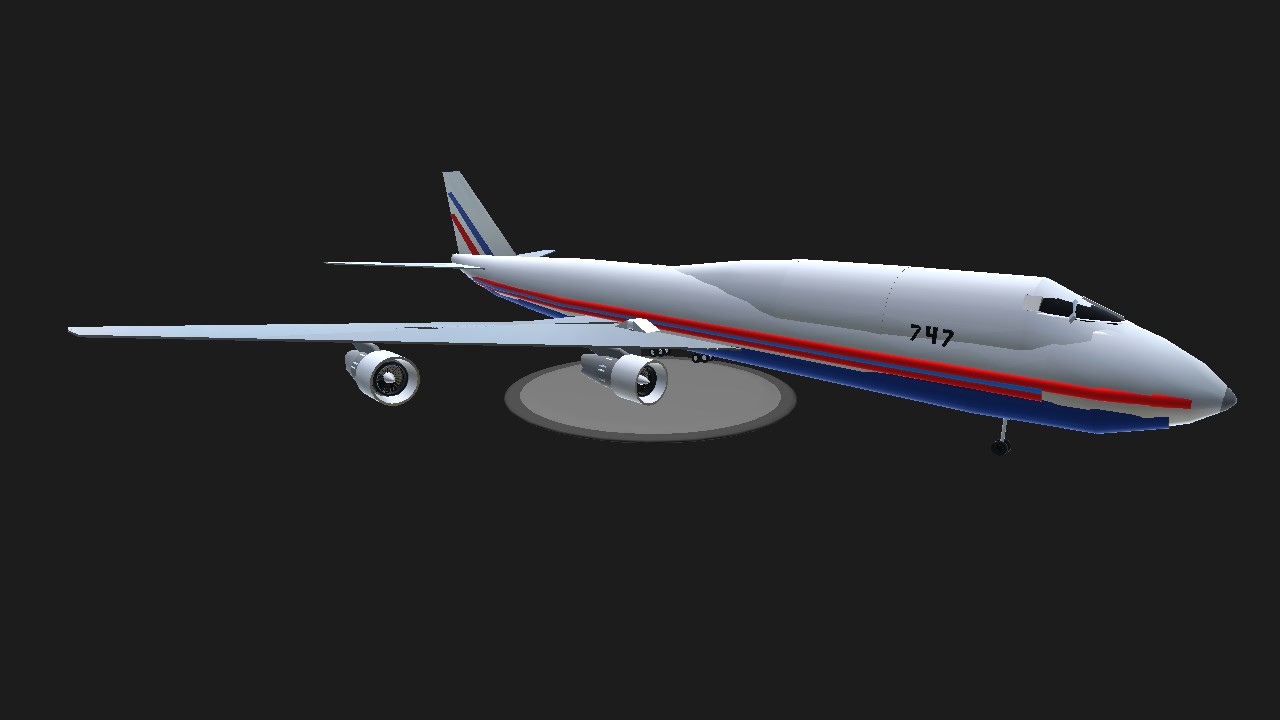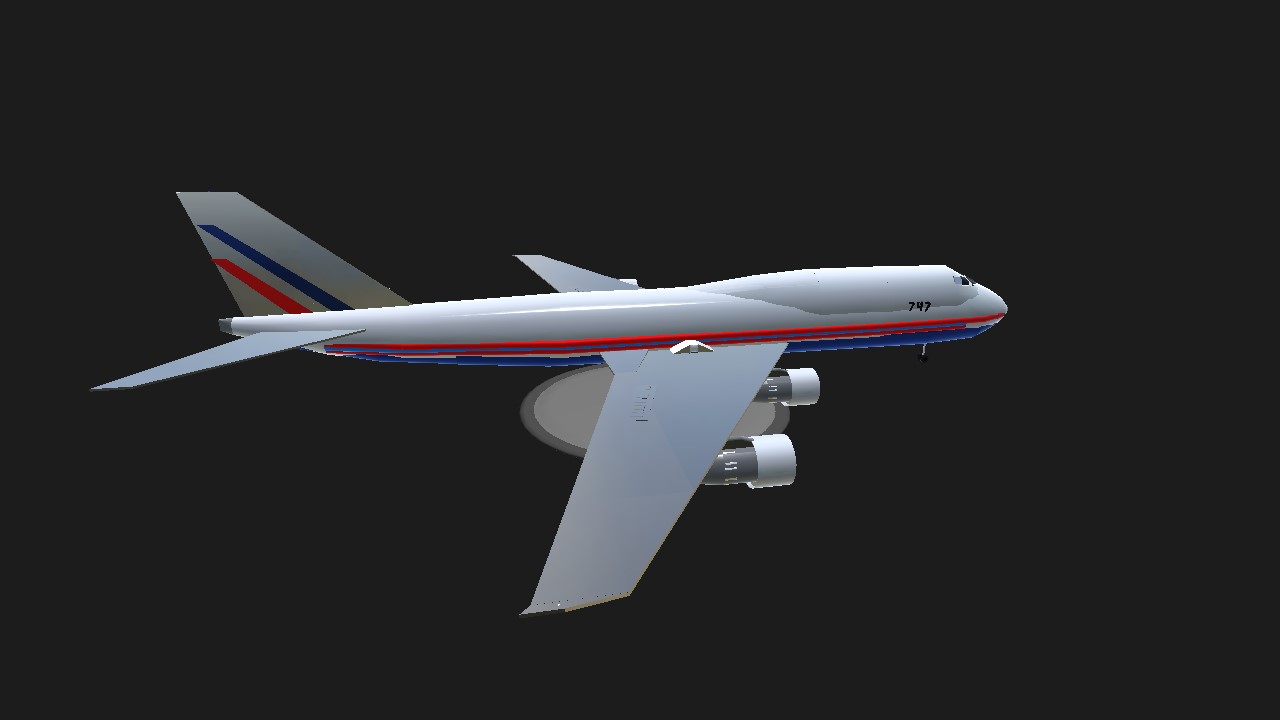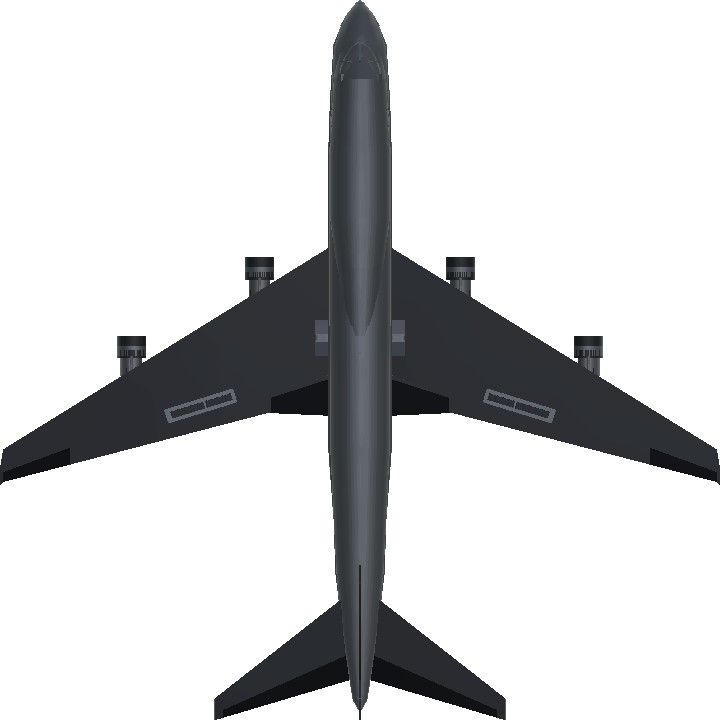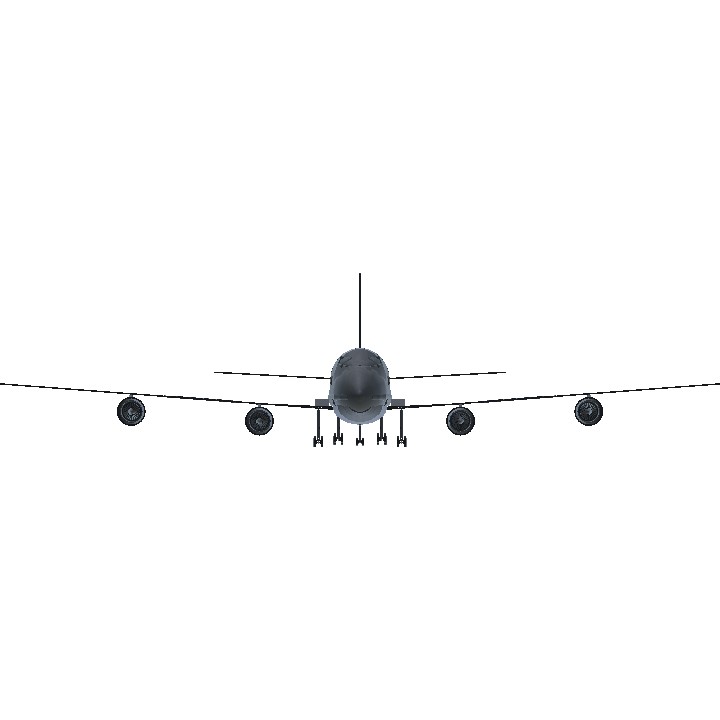History
Boeing's 747-300 model introduced the distinctive stretched upper deck which can seat up to 69 economy class passengers. The 747-300 was the end result of a number of Boeing studies which looked at increasing the aircraft's seating capacity. Ideas studied included fuselage plugs fore and aft of the wing increasing seating to around 600, or running the upper deck down the entire length of the fuselage. In the end Boeing launched the more modest 747SUD (Stretched Upper Deck) with greater upper deck seating on June 12 1980. The 747SUD designation was soon changed to 747EUD (for Extended Upper Deck), and then 747-300. The new model first flew on October 5 1982 and was first delivered to Swissair on March 28 1983. Other customers included UTA, Saudia, SIA, Qantas and Cathay. Compared to the -200, the -300's upper deck is stretched aft by 7.11m (23ft 4in), increasing economy class seating from 32 to a maximum of 69. The lengthened upper deck introduced two new emergency exit doors and allows an optional flightcrew rest area immediately aft of the flightdeck to be fitted. Access is via a conventional rather than spiral staircase as on the earlier models. Otherwise the 747-300 is essentially little changed from the 747-200 and features the same takeoff weight and engine options. 747-300 variants include the 747-300M Combi and the short range 747-300SR built for Japan Air Lines for domestic Japanese services. The extended upper deck was also offered as a retrofit to existing 747-100/-200s, although the only airlines to take up this option were KLM and UTA. KLM has since converted two to freighters, resulting in the first 747 freighters with the stretched upper deck. Also, two JAL 747-100s were delivered new with the extended upper deck.
Specifications
General Characteristics
- Predecessor B747-100B
- Created On Android
- Wingspan 163.0ft (49.7m)
- Length 162.9ft (49.6m)
- Height 39.6ft (12.1m)
- Empty Weight 20,573lbs (9,331kg)
- Loaded Weight 208,619lbs (94,628kg)
Performance
- Power/Weight Ratio 1.357
- Wing Loading 42.4lbs/ft2 (207.2kg/m2)
- Wing Area 4,915.7ft2 (456.7m2)
- Drag Points 43772
Parts
- Number of Parts 317
- Control Surfaces 7
- Performance Cost 1,762







Nice but maybe a saudia livery. The more recent livery. Thanks